S&T Live Recap: Inside the Best of Silver Anvil Campaign That Turned a Food Waste Message Into Measurable Impact
Across the country, an estimated 40 million tons of wasted food winds up in landfills every year, according to the U.S. EPA. In Washington State alone, more than a million tons of uneaten food goes into landfills every year, about half of which is edible when discarded, said Jade Monroe, food center lead for the […] The post S&T Live Recap: Inside the Best of Silver Anvil Campaign That Turned a Food Waste Message Into Measurable Impact first appeared on PRsay.

Across the country, an estimated 40 million tons of wasted food winds up in landfills every year, according to the U.S. EPA.
In Washington State alone, more than a million tons of uneaten food goes into landfills every year, about half of which is edible when discarded, said Jade Monroe, food center leadWashington State Department of Ecology. At the same time, about a quarter of the state’s population can be considered “food insecure” in any given year, she said.
Monroe and Katherine Diers, senior associate director at the public relations firm PRR, were guests for the May 28 episode of Strategies & Tactics Live, PRSA’s monthly livestream on LinkedIn.
In 2024, the Washington State Department of Ecology, in partnership with PRR, launched the “Use Food Well” campaign. During a gala ceremony on May 15 in New York City, PRSA presented them with the 2025 Best of Silver Anvil Award.
Rooted in research and best practices for changing the public’s behavior, the campaign set out to reduce food waste and its environmental impacts by giving Washington State residents and businesses simple steps they can take to “Use Food Well.”
The campaign team interviewed subject-matter experts on reducing food waste and reviewed existing programs in the United States and abroad to determine which messages resonated with the public. They conducted a statewide survey, in both English and Spanish, and held small focus groups to identify people’s barriers and motivations for reducing food waste at home.
Saving money is a strong motivator.
During its research, the team found “people were not motivated at all by the environmental message,” Diers said. “In fact, it was the lowest message in terms of ranking. But we found that people were overwhelmingly motivated by the financial impact of food waste.”
As inflation soared, every American household was throwing away about $1,500 of food a year, a number that eventually doubled, the team learned. One campaign image showed food and money being scraped off a dinner plate into the garbage.

The campaign geared its messages toward three hypothetical personas who might inadvertently waste food. “The Lopez Family” represented a middle-class, working family that buys groceries in bulk to save money but often cooks more leftovers than it can eat before the food spoils.
“Isabella” represented a young, single retail manager who also shops for food discounts. A third hypothetical persona the campaign targeted was “Alex,” a busy urban professional who often buys takeout or convenience foods.
“We used these personas to help develop our messaging and understand our audience, to maximize our media buying and our outreach strategies,” Diers said.
For a website, social media posts, advertising, partnerships and media pitches, the campaign created animations and other content that urged people to plan food purchases and meals, use the food they have, store food properly and find creative uses for leftover foods.
John Elsasser, editor-in-chief of PRSA’s Strategies & Tactics publication and host of S&T Live, pointed out that the “Use Food Well” campaign employed simple messages delivered in a positive tone, rather than a scolding one. The team also offered simple, actionable steps that consumers could take.
As Monroe put it, “The message, paired with the branding, goes far to make [a PR campaign] culturally interesting.”
The “Use Food Well” campaign exceeded its objectives, securing partnerships with 126 businesses, nonprofits and local governments, generating over 11 million media impressions, and inspiring 31% of respondents to adopt new food waste prevention behaviors. Key highlights included in-store signage at 180 Safeway/Albertsons locations, mentions in their circular reaching over 1 million homes and creative cooking demonstrations by local celebrity Chef Joel Gamoran that garnered significant media coverage.
Watch a replay of the episode here.
PRSA members have exclusive access to search hundreds of Silver Anvil-winning campaign ideas, tactics and outcomes. Learn from the best here.
Illustration credits: prr
The post S&T Live Recap: Inside the Best of Silver Anvil Campaign That Turned a Food Waste Message Into Measurable Impact first appeared on PRsay.

























![How To Drive More Conversions With Fewer Clicks [MozCon 2025 Speaker Series]](https://moz.com/images/blog/banners/Mozcon2025_SpeakerBlogHeader_1180x400_RebeccaJackson_London.png?auto=compress,format&fit=crop&dm=1750097440&s=282171eb79ac511caa72821d69580a6e#)

![Brand and SEO Sitting on a Tree: K-I-S-S-I-N-G [Mozcon 2025 Speaker Series]](https://moz.com/images/blog/banners/Mozcon2025_SpeakerBlogHeader_1180x400_LidiaInfante_London.png?auto=compress,format&fit=crop&dm=1749465874&s=56275e60eb1f4363767c42d318c4ef4a#)

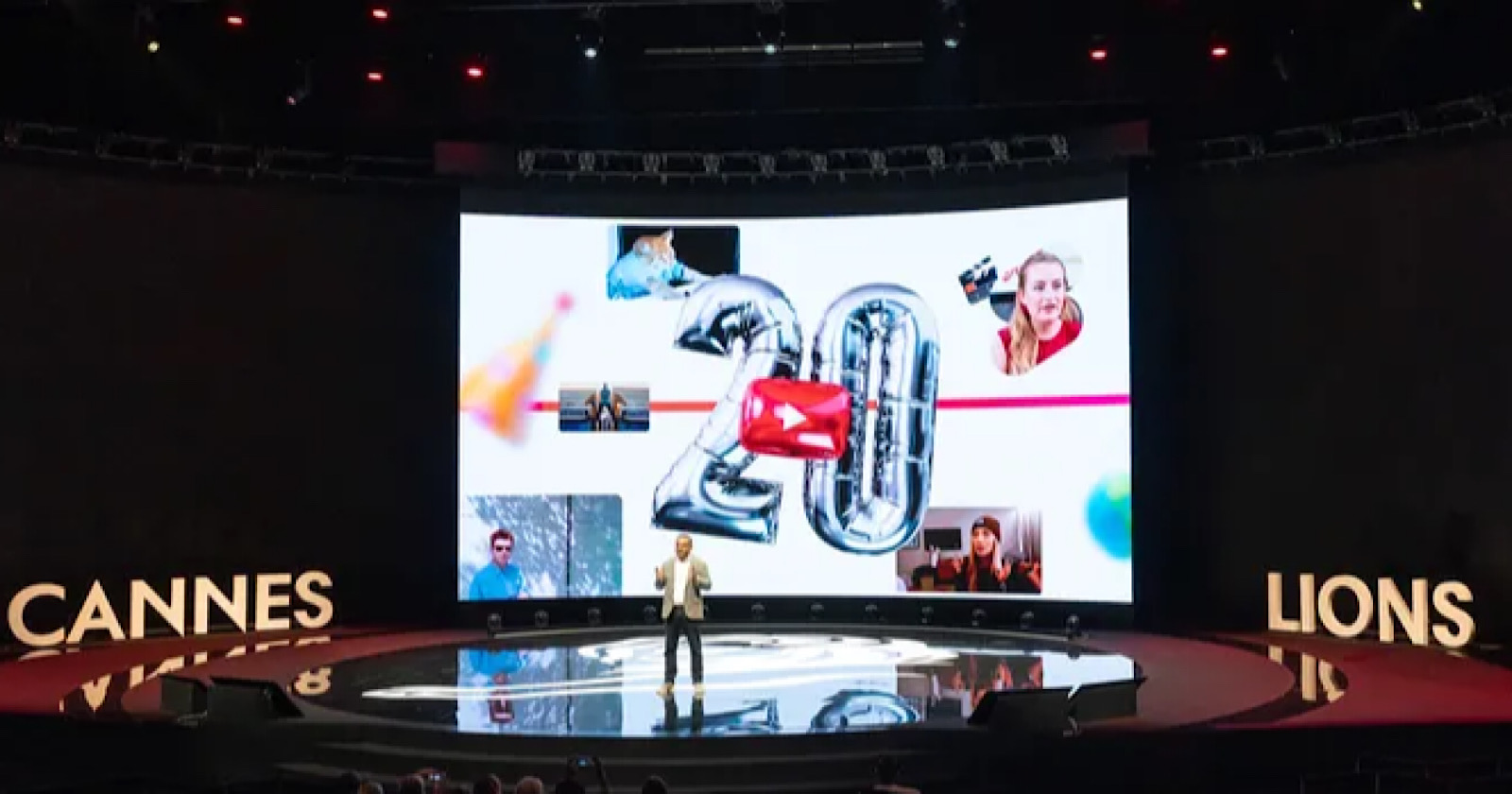






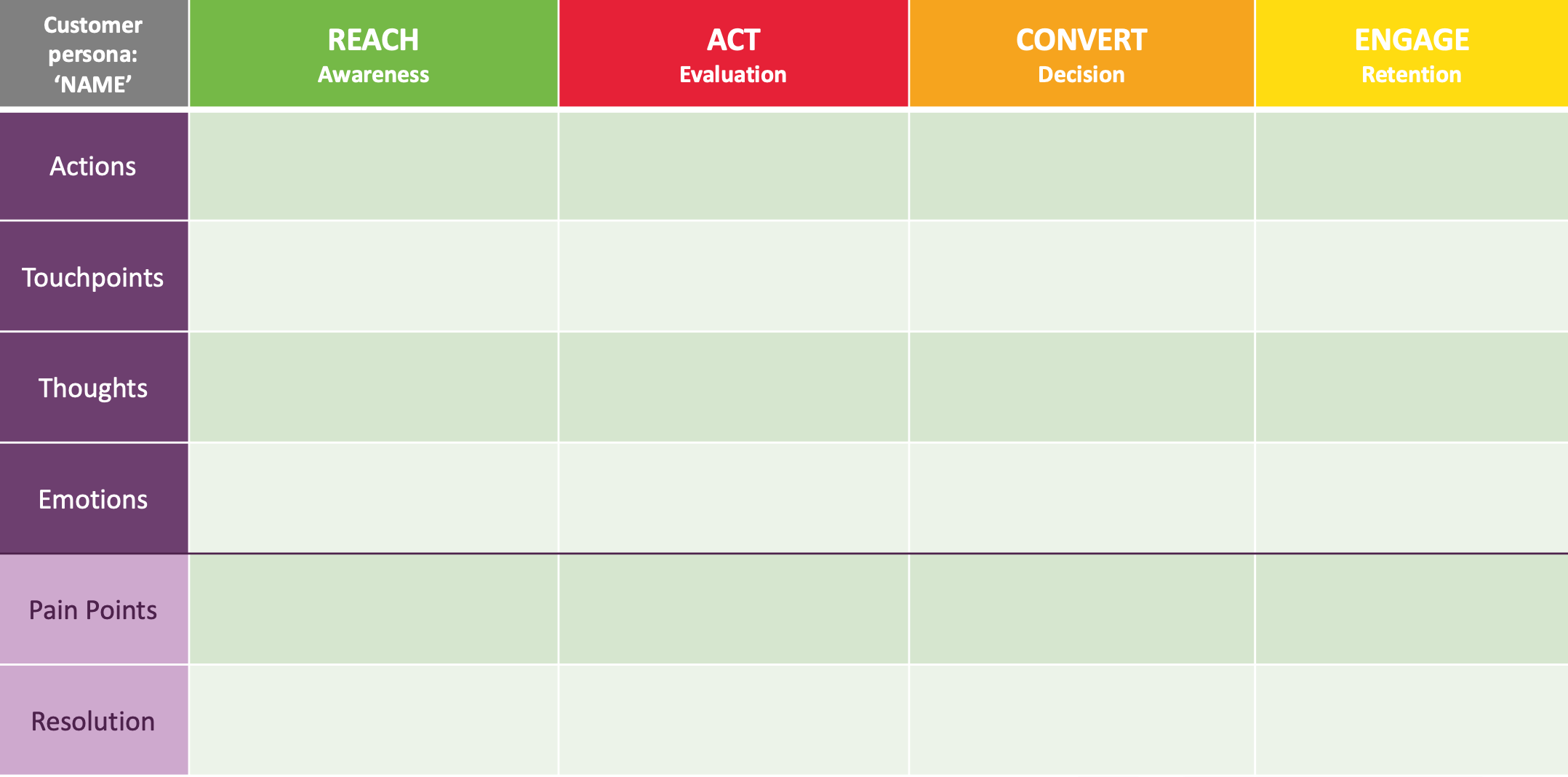















![The 11 Best Landing Page Builder Software Tools [2025]](https://www.growthmarketingpro.com/wp-content/uploads/2024/04/best-landing-page-software-hero-image-1024x618.png?#)



































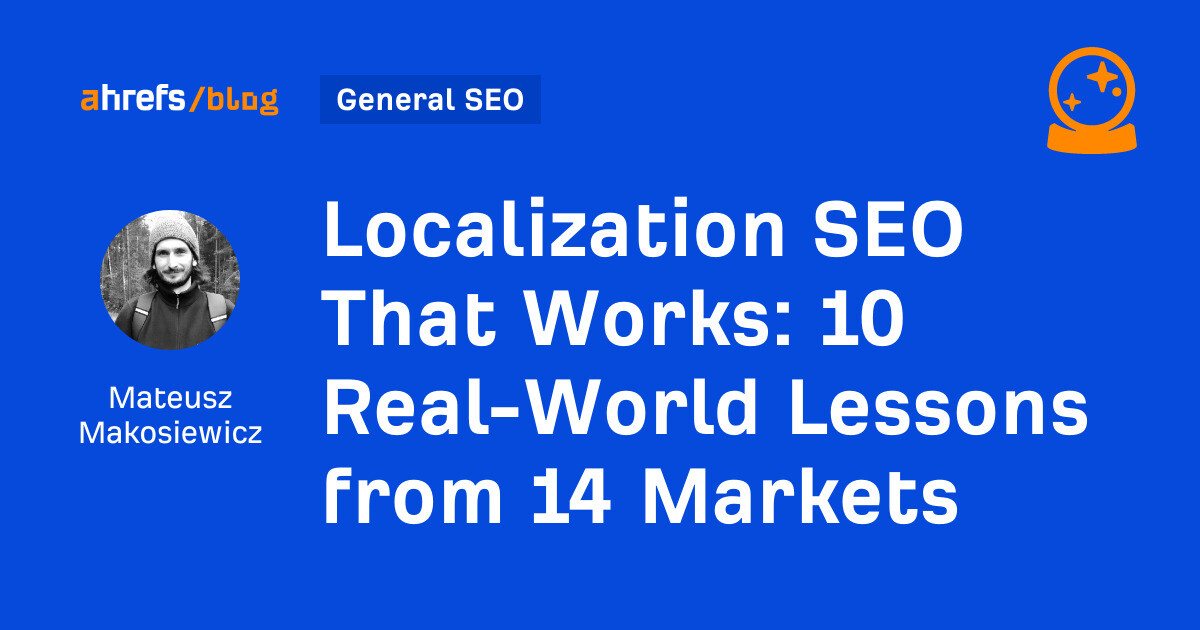


![How to Create an SEO Forecast [Free Template Included] — Whiteboard Friday](https://moz.com/images/blog/banners/WBF-SEOForecasting-Blog_Header.png?auto=compress,format&fit=crop&dm=1694010279&s=318ed1d453ed4f230e8e4b50ecee5417#)
![How To Build AI Tools To Automate Your SEO Workflows [MozCon 2025 Speaker Series]](https://moz.com/images/blog/banners/Mozcon2025_SpeakerBlogHeader_1180x400_Andrew_London-1.png?auto=compress,format&fit=crop&dm=1749642474&s=7897686f91f4e22a1f5191ea07414026#)












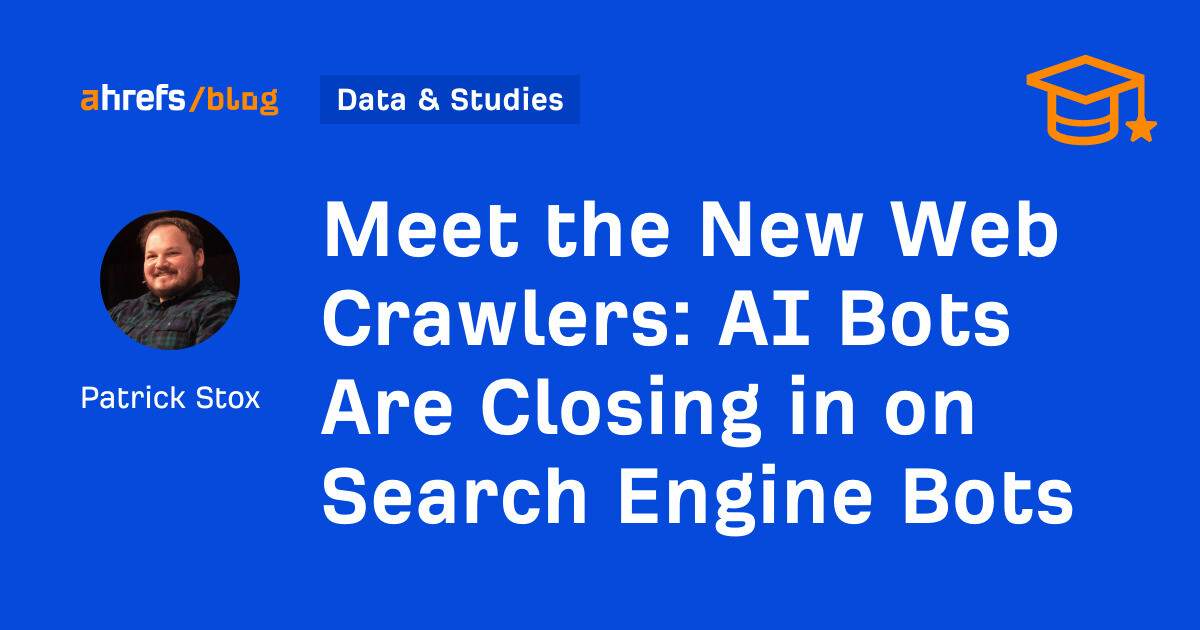













![Brand pitch guide for creators [deck and email templates]](https://blog.hootsuite.com/wp-content/uploads/2022/06/brand-pitch-template.png)


















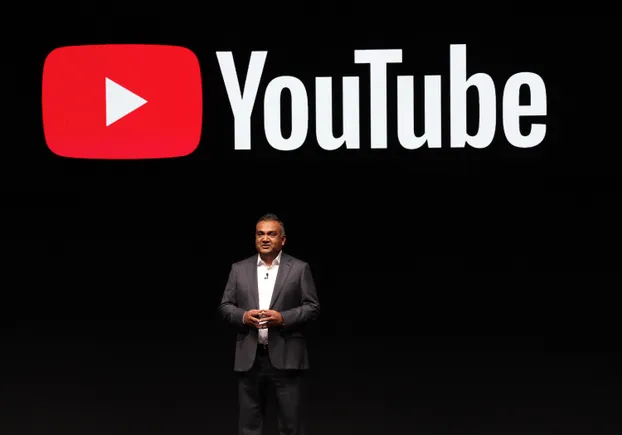
![The Largest Communities on Reddit [Infographic]](https://imgproxy.divecdn.com/vfTS-YsC_ZrqM6F4tAXJgV6qj3gCHSsf2dvHufDbrrQ/g:ce/rs:fit:770:435/Z3M6Ly9kaXZlc2l0ZS1zdG9yYWdlL2RpdmVpbWFnZS9sYXJnZXN0X3JlZGRpdF9jb21tdW5pdGllczIucG5n.webp)






